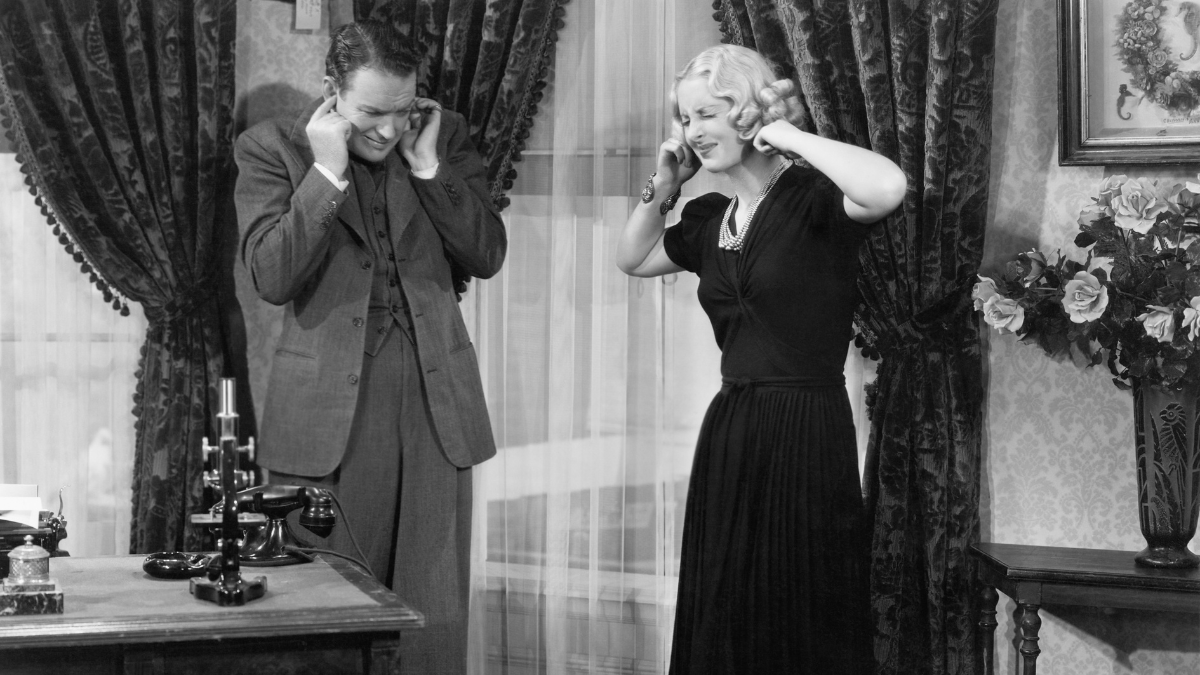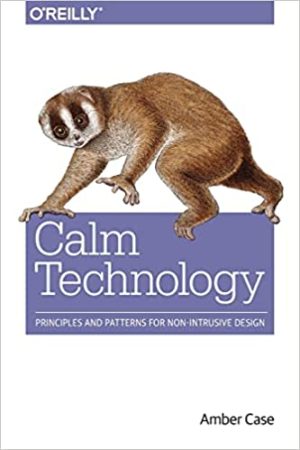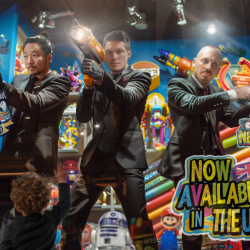During any economic downturn, it’s important that brands aren’t adding to the stresses of daily lives and instead identifying ways to help ease them. Sound can be a hugely effective marketing asset for this, if used correctly and strategically. Interestingly, a recent research article in The New York Times revealed that people living in loud environments or exposed to sudden fluctuations of noise levels are at increased risk of stress-induced health conditions. In contrast, studies have demonstrated that listening to natural sounds e.g. birdsong or rustling leaves, have calming effects on the mind and body, reducing stress and evoking feelings of positivity. So getting the sound of your brand experience right is pretty fundamental.
We live in a noisy world
Anyone who is desk based knows the humdrum of the office. The sounds of all the workplace applications, such as Teams, Zoom, Slack, the sounds from your phone… all contribute to our state of mind. Whilst branded sound all battle for our attention, they can unknowingly be adding to those stressors that affect how we feel. Thankfully, there’s plenty of opportunities for brands to use the power of sound in a tactful and considerate way. One that doesn’t contribute to the problem, but instead works to alleviate it. A branded sound that connects with consumers in a way that supports life.
There is a resurgence in a design thinking known as Calm Technology, currently spearheaded by Amber Case, whose principles outline that technology should seamlessly integrate in our lives, enhancing our experiences without demanding constant attention. In a world saturated with notifications, alerts and distractions, we should learn to respect our limited cognitive capacity and craft sound that intuitively assists users and also promotes a sense of calm. The big question Amber poses in their book, Calm Technology: Principles and Patterns for Non-Intrusive Design, is ‘how might our devices convey information without overwhelming our senses or disrupting our daily activities?‘.
Google has recognised the importance of building calm into the fundamentals of their creations
In their recent collection of Experiments, Little Signals revolves around placing unassuming devices around your home that notify and communicate information to users with subtle sensorial nudges. Imagine a notification that a letter has been delivered or an email has arrived in your inbox, by hearing a warm gentle knock or a soothing ambient soundscape.
Without a doubt having a distinctive sonic logo which bookends communications is an effective marketing tool to help grow brand recognition, however brands can do even more to develop a successful sonic identity. Conscientious brands are looking at how they can drive brand awareness with a purpose-driven sound strategy. Asking themselves, ‘How can our sound elevate our customers’ experience?’ And: ‘How could it improve their wellbeing?’. LG is one of these brands. In their recent headphone product they have combined human-centred design with the latest neuroscience sleep research to create Breeze, wireless earphones that use novel EEG sensors to detect your phase of sleep, and in response play brainwave-based synchronised sounds in varying frequencies, to help promote sleep or transition into deep sleep.
Another brand using sound with the consumer front of mind is Legal & General. The brief we received at MassiveMusic: to embed reassurance at the heart of L&G’s sonic brand. We were inspired by the ethos that permeates its company culture and thought: ‘Could we create a sonic brand that also benefits society in some way?‘. After all, sound is not just a branding tool; it also has a functional purpose: to help improve wellbeing.
On top of catering to a variety of different brand assets and touchpoints, we also partnered with Goldsmiths University’s Music, Mind and Brain Lab and leading academics in the field to measure implicit psychological reactions to the sound of L&G. Grounded in science and inspired by the brand colours, we created and tested four different ‘functional music’ tracks to target four different emotional scenarios.
When sound is used in the right way — a way that positively impacts consumers through a human-centred approach — it is those brands that cut-through more than ever before. Our everyday lives revolve around family, friends and sometimes a fast-paced career, so naturally we seek means to make our lives feel more effortless. Brands that can act as a life guide, an assist to healthier living or just make life easier, they’re the brands we stick with, they’re the ones we remember.
Featured image: The Everett Collection / Canva



























